If you are normally a highly active person, the lockdown brought a drastic change of lifestyle since you could no longer access your gym, pool, spa or play your favourite sports. You also suddenly found yourself isolated or completely absorbed by new challenges like working from home, managing and home-schooling kids full time, and finding new strategies to balance relationships at home since the 24/7 house sharing could add inner pressure and create frictions. All this time, you probably felt the daily accumulation of adrenaline in your blood and the stronger need to discharge energy using your muscles. However your options were limited to going for a run, walk or cycle outside once a day, or doing home workouts using whatever space and equipment available to you.
With the progressive reduction of lockdown restrictions, many of you are probably planning to go back to sports and trainings as soon as possible to reduce accumulated stress, feel fitter quickly and recover pre-pandemic weight. In this situation, it is easy to fall in the trap of rushing back to your old fitness routine to get fit for summer, in the hope of going on beach holidays or wearing your favourite outfits soon.
In my personal experience as physiotherapist for the last decade, I constantly see a lot of patients especially in spring or prior to the skiing season, seeking help with body pain and struggling to complete their training plans. Most of them fast-tracked their path to injuries by rushing into training without any professional help on an initial physical assessment or advice on proper technique or regular monitoring of progress. In fact, when I was a physiotherapist at the Bournemouth marathon a few years ago, I met many people suffering from cramps, pulled muscles, and limping. They all had similar stories – absence of preparation, incomplete training and wrong technique.
Going back to your pre-lockdown sports and fitness activities is not as simple as picking up where you left off. Even if you have been a runner for 20 years you will be surprised to know that a period of downtime sets your fitness and even your techniques back. As a physiotherapist and former personal trainer, PE teacher and sports coach, I want to give you some advice to help you safely rebuild your fitness, go back to your old routine and avoid risks of potential injuries.
1. Research and plan
In sports, proper planning is just as important as regular training. A good starting point is to fix a deadline for yourself then count the weeks back to the present. Be realistic about how much time you will have to dedicate to your training, considering your current routine. My advice is to adjust your deadline and move it back to factor in your current fitness levels and add some extra time in case of any sudden or unexpected variation in your planned routine.
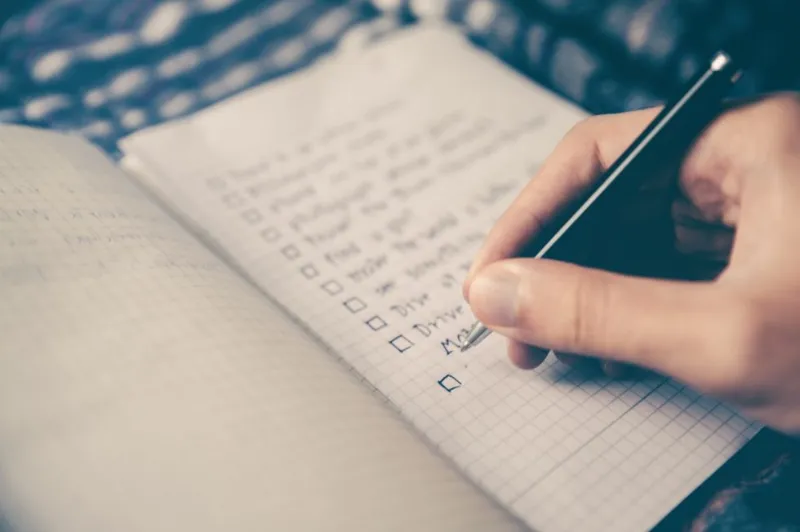
You will need to build up micro daily routines which will be the elements of your weeks toward the construction of macro-periods (months). It is also important to plan for rest days, to give your body time to recover and rebuild. I also recommend to find a physiotherapist or a personal trainer who can do an online session or a session with social distancing, to perform an initial assessment (of your motor qualities such as coordination, force, flexibility, resistance, endurance and speed), discuss your goals and get some expert advice on technique and training.
In building your micro daily routines, consider the following:
- Coordination and flexibility require daily repetition
- Force needs at least 2-4 trainings per week depending on the type (pure, max, fast, explosive, resistant) you need for the sport you will practice. Pure and maximum force comes from low reps (1-6) and high weights (90-95% of your max).
- Reduce the weights to the 80% of your max and increase the reps to 8-12 if you want to build muscle mass.
- Add fast movements if you want improve the rapidity (how quick you can make a movement, i.e. rapid press ups) and so the speed (how fast you can go with your full gesture, I.e. the max speed you can reach running, cycling, rowing, etc.). Never lose the movement control if increasing the speed.
- Jump to 15-20 reps with 40-60% of your force max, if you look for your cells to adapt to lactate to improve endurance.
- Reduce the weights and move to 20-50 reps if you need a minimum of good strength while working in aerobic or semi-aerobic.
- The resting time in between sets should be of 5-7 minutes for the high force, 2 minutes for rapidity and muscles mass, 1 minute for endurance and resistance.
- The resting day in between trainings should be 5-7 days for the pure high force, 2-4 days for the medium force, 1-2 days for endurance/resistance.
- Speed/rapidity resistance/endurance need 2-4 sessions per week.
- Flexibility improves with long stretches, far or after the other training sessions, holding a pose below the threshold of pain, for a minimum of 90 second towards 5-7-10 minutes.
- 10-30 stretches are only good for a good warm up or reduce fatigue after or in between exercises.
- To save time , you can combine most of them in the same session with specific circuits.
- Don’t forget the core: I always advice to regularly add yoga and Pilates to improve joint stability, flexibility and strength, shaping the right focus and mindset/mindfulness typical of those disciplines.
- Balance trainings will be helpful to increase coordination, control and flexibility, preventing injuries and reducing tightness.
- Consider to include eccentric series (or negative series) if you need to build up elasticity or add plyometrics exercises if your fitness level is quite good and you will practice a sport requiring jumps or explosive motion.
- Any 3-5 weeks of regular increasing routine (add more volume or intensity) the body needs a rest week where your practice whatever you feel enjoyable without stressing to much the muscle-skeletal system (light jogging, gentle swim, walks, light weights, relaxing cycling, etc).
If you kept in the right consideration everything I wrote above, you can already see that to get ready you will need a few months depending on your starting level. If you want just to be fit, my best advice is to become an all rounder – stretch everyday, variate activities, alternate force with cardio or circuits, daily warm up with yoga and Pilates, weekly have some fun activities to stimulate balance.
A good training plan is not just about a timetable, you should also consider your diet, supplements, training equipment and gear, even down to the right water bottle.
Depending on your chosen sport, you may need to have different plans and often you need to combine different disciplines to build up all the skills you need. Do a lot of research or ask advice from someone who is already practicing and has a lot of experience or consider investing in expert advice. If in this planning process you realise that you do not have enough time, my advice is to postpone your deadline by a few months or even moving it to next year rather than rushing yourself and risk getting injured.
2. Be progressive: volume before intensity
One great rule is to increase the volume of training before increasing the intensity. Volume is made of number of sets, reps, weekly sessions, duration, frequency, number of exercises per muscle or type of quality you want to build up. On the other hand, intensity is made of force, weight and speed. Another good way to self-calculate the intensity is to multiply the kilograms lifted per the number of reps per the number of set per the total of exercises (example: 10kg x 3 sets x 10 reps = 300kg, 12kg x 3 sets x 10 reps = 360 kg). As you can see adding just 2 kg for the same exercises is like if your muscles lifted 60 extra kilograms. Try to make the same calculation for each exercise in your routing and add all numbers and you can find a generic parameter of how intense are your trainings. Moreover, you can better understand how to play between volume and intensity: keeping the same total of kg you can reduce number of sets and reps increasing the load or viceversa.
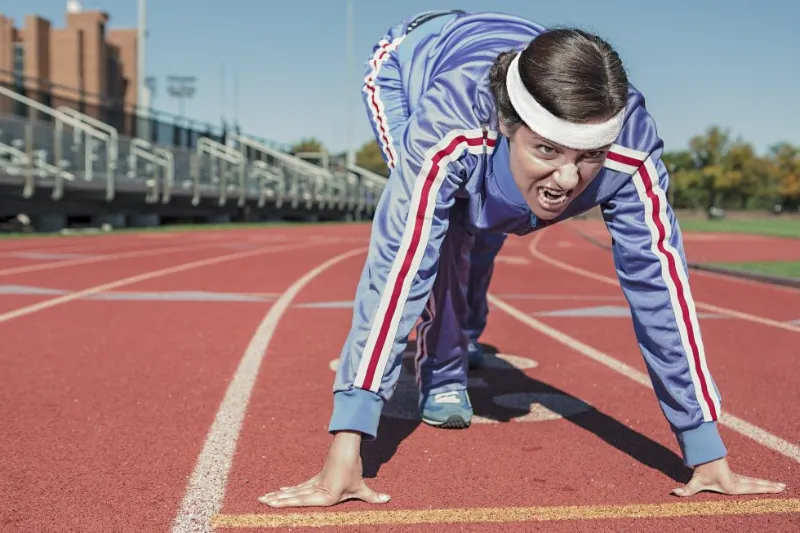
Start your training with 2 days per week then add 1 session after 1-2 weeks and so on towards 4-5 trainings per week. Start with low weights with a maximum of 10 reps then add 2 -3 reps every 5-7 days.
Start with 2 sets and add one set more after 1 week, move to 4-5 sets if necessary and only when you are already comfortable with 3-4 weekly sessions.
Start with 1 exercise per muscle area or motor quality and add one more each week up to 2-5 per session.
Increase the weights only when your routine is already stable and you can manage good recover between sessions.
Add 5kg on the isotonic machines (10kg if training the legs) anytime you repeat the same training (i.e. circuit day, legs/arms days, etc). On the free weights the increments will be lower to 1-3kg (5kg-10kg for legs or global exercises).
Increase the speed only when you are 100% sure to have a good technique, with a full range of motion and in full control.
Increase the reps/duration or reduce the rest between sets if you want burn more calories.
Talking about cardio, increase time or km/miles before increasing speed: add 5 minutes or 2-3 km each session.
This way, your body will keep improving every week and without pushing too hard, it will take a few months to reach your target level. In general, whatever is your initial level or sport, after 1 month you should be able to have 3-4 sessions of 30-60 minutes per week, exercising around 3 sets of 10 reps.
Of course there are many possible variations depending on sports and physical activities.
Finally consider that intensity and muscle stress progressively increase depending on the type of muscle contraction: isometric (contraction without movement) à isokinetic (contraction with constant speed similar to aqua exercises) à auxotonic (elastic band) à isotonic (gym machine) à rapid/explosive/plyometric on isotonic machines à free weights/body weight à eccentric (with machines or free weights) à plyometric/explosive with free weights. So body weight exercises at home can be more intense than gym machines or elastic band. Jumps or push ups with rebounds or hand clapping are the very intense and should be part of your routine only when you are super fit.
3. Make yours the best technique
Even if you consider yourself an expert in your physical activity, there is always some little detail that you can improve or correct. Ask advices, study more and invest in some private coaching.
For example, get your bike fully fitted based on your own body specs, use the right shoes for your sport or get advice on the right in a specialised sport shop.

If you are a runner, consider to have a gait or run video analysis, and book with a physio to check your joint mobility and myofascial restrictions or compensations.
A postural analysis is also a great beginning.
Speak to a physiotherapist or coach to review your plan.
4. Eat, hydrate, sleep, repeat
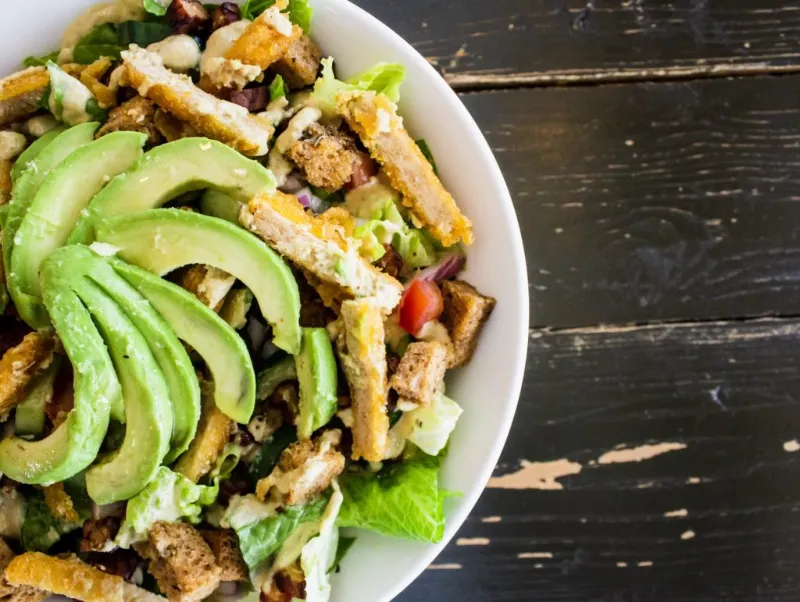
Try to have a healthy diet and lifestyle by reducing processed food, sweets, alcohol and smoking. Explore other options like the ketogenic or vegetarian or vegan or fully raw to find the best match for your performance (there are many documentaries about these options). All physical activities and animal food sources tend to increase body acidity while most of raw vegetables and cereals are alkaline. The ageing process is made of lack of water intake and increase of blood/fluids acidity. Drink at least 2.5 litres of water per day up to 3.5 litres, and consider taking alkaline water as it is also beneficial for your health.
Adding supplements like vitamins, minerals, proteins shakes or super foods is another great field which needs to be explored depending on your goals and sports.
Sleep at least 6 hours or more if possible. Some research showed how the best sleeping time is made of multiples of 1.5 hours so we rest better if sleeping 6 hours or 7.5 or 9 hours. Sleep hygiene is very important too and lot can be said about mattress, sleeping posture, breathing exercises and pre-sleep meditation.
5. Listen your body
Your body tells you everything you need to know, so the best you can do is to listen. Nobody knows you better than yourself but you need to be able to pause and listen your inner messages. Persistent or recurrent aches or pains are signs of micro-injuries or misalignments or body compensation which need to be assessed by your physio or doctor.
The pain due to the lactate accumulation usually comes during or at the end of a strenuous activity, often leading to strong cramps during your sport action. The excess lactate will move and transform in the liver, and this process can take a few hours after the session but tends to gradually improve. Lying down with your legs or arms up helps with moving the excess of lactate into the trunk and through the liver.
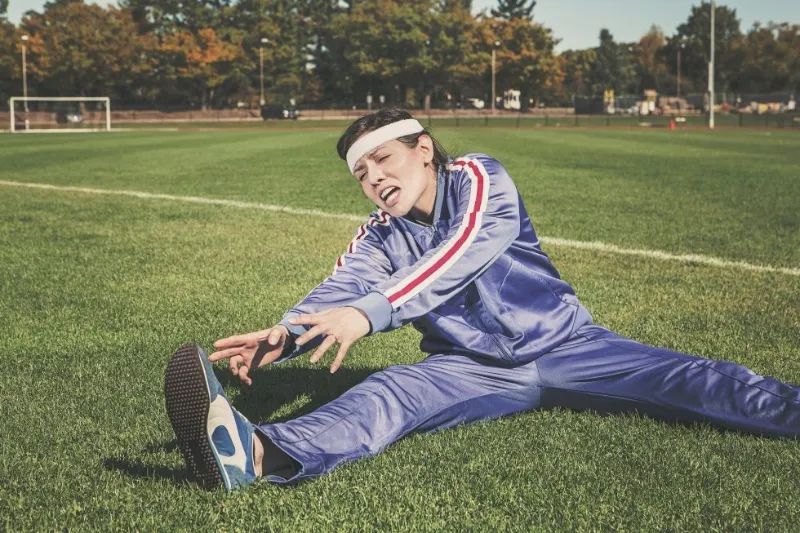
Another good habit is to do 3-5 minutes light exercises after training to de-fatigue or de-stress while the muscles keep pumping the blood around and towards the liver. The worst choice is to suddenly stop after the last repetition. A good post-training aid comes from ice cold shower/bath or alternating hot/cold water.
The pain appearing after 24 hours and lasting up to 72 hours from the training is called DOMS (Delayed Onset Muscle Soreness) and is normal and functional to the training progress. The DOMS is physiological and consist in the rupture of a small amount of muscles fibres (less than 2-5%) which will stimulate the body to build up more of them thus increasing your muscle mass and improving strength. During DOMS, it is always good to reduce the intensity or train another part of your body or change activity (like doing cardio instead of repeating weightlifting). If the pain persists over 72 hours the muscle damage and inflammation was too much so you probably need to reduce the intensity first and also the volume if this is not enough.
6. Be proud to keep walking wherever you will arrive
“Any travel starts with a single step” so the most important thing is your will to improve, discover, grow, explore, change.
It doesn’t really matter if you will miss this year marathon or skiing season. Just keep going, keep training, respect yourself and the amazing body you have whatever is your fitness level.
Be grateful for what you have, what you can think, plan, dream and achieve.
“The teacher arrives when the student is ready”: I’m sure you are on the right path for you, you will meet the right people to share, learn, copy, listen, improve.
I hope you will find useful all the above information as you restart your fitness journey. In case you have any doubt feel free to contact me for a remote consultation or video assessment.
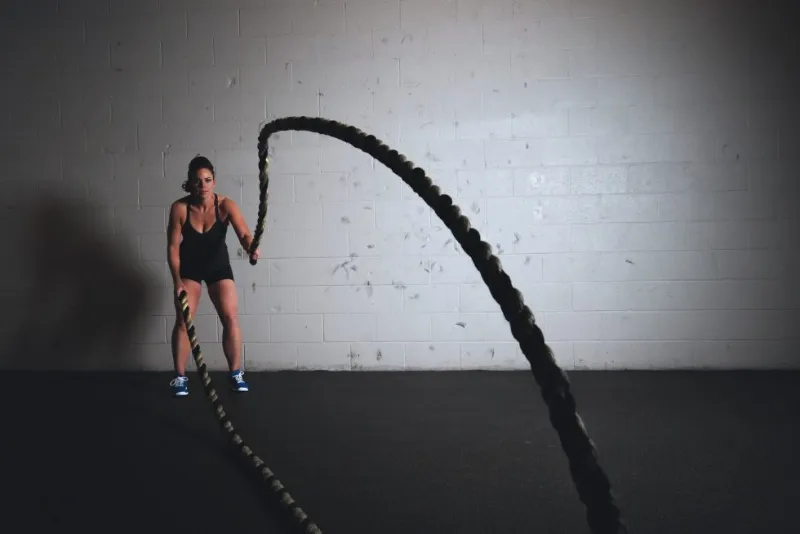
Be consistent, commit with gratitude and compassion trying all you can to make the best version of yourself.
